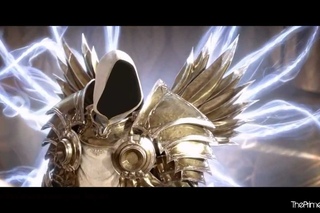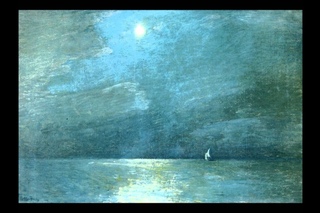When Erik Satie Invented a Genre
Erik Satie wrote seven Gnossiennes. The first is in F minor, and Satie probably composed it in 1890. It was published with two other Gnossiennes in a Paris magazine in 1893. Like his three Gymnopedies of 1888, Satie seems to have created a new genre of piano piece with a title alluding to antiquity. According to the 1865 Larousse dictionary, a Gnossienne was a ritual labyrinth dance created by Theseus when he defeated the Minotaur. But Satie’s involvement in gnostic religious groups at the same time probably also influenced his use of the mysterious title.
All Satie’s Gnossiennes are composed without barlines, and they all have a gently rocking accompaniment in the left hand, with an exotic melody floating above it in the right hand. All the Gnossiennes use modes to create intriguing and mysterious melodic lines. The extraordinary simplicity of the musical texture and syntax belies the prodigious originality of the resulting music. Written before Brahms had composed his late intermezzo, these are fabulously experimental pieces in which the form consists of haunting melodic fragments which circle around without any specific direction or goal. In their circularity and stasis they seem to lay down a challenge to German 19th century dominance: music does not have to be developmental; neither does it have to be goal-directed or hierarchical. It can simply float along and be an evocative mystery. Needless to say, Satie’s music had a huge influence on leading composers of the twentieth century including Debussy, Ravel, Stravinsky, Poulenc and, later on, the American pioneer John Cage.
Erik Satie: Gnossienne 1
Pianist: Matthew King.
⦿ SUPPORT US ON PATREON ⦿
⦿ BUY US A Kofi ⦿
⦿ Support us on PayPal ⦿
⦿ SUBSCRIBE TO THIS CHANNEL ⦿
#Satie #Gnossienne #themusicprofessor
Edited by Ian Coulter ( )
Produced and directed by Ian Coulter & Matthew King












![Belle x Erik ;; Beauty and the Phantom ;; Crossover [Say When]](https://sun9-74.userapi.com/eYX3RAJTeuI6P_4QKq_BiSdKxni4vV4zXFuEhQ/JbAoXsQ6sZo.jpg)




![Charles & Erik [Cherik/Mcfassy] ⦁ when the party’s over](https://sun9-30.userapi.com/c851128/v851128128/1de4e3/XePE--y4wtA.jpg)





